NASA’s Perserverance rover is putting together a one-of-a-kind rock collection from an ancient lakebed on Mars. This car-sized explorer is drilling into Mars’ surface to extract cores of bedrock, storing them in durable titanium tubes. Scientists aim to eventually bring these samples back to Earth to search for signs of ancient microbial life.
Since its 2021 landing, Perseverance has successfully filled 20 of its 43 tubes with bedrock cores. Now, a team of geologists from the Massachusetts Institute of Technology (MIT) has made a seminal discovery about these rocks, which could provide invaluable insights into Mars’ past. The MIT study reveals the team’s ability to determine the original orientation of most bedrock samples collected by Perseverance. This achievement marks the first time scientists have been able to orient samples of bedrock on another planet.
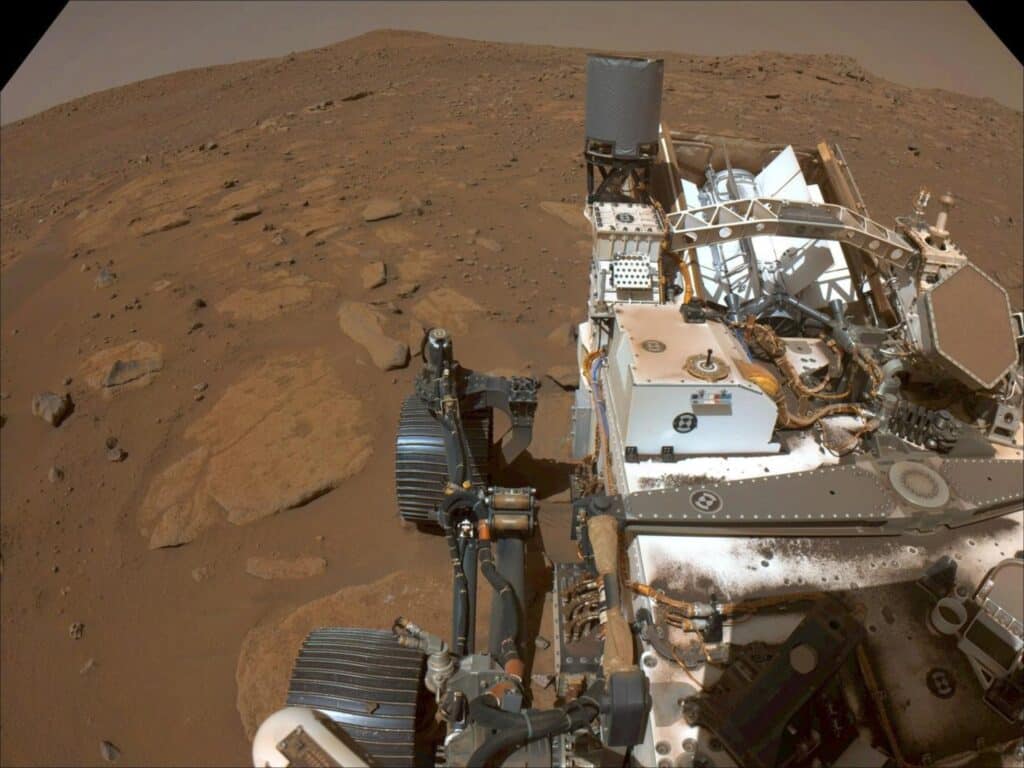
Understanding the way rocks were originally positioned can offer clues about the environmental conditions under which they formed.
“There are so many science questions that rely on being able to know the orientation of the samples we’re bringing back from Mars,” says study author Elias Mansbach, a graduate student in MIT’s Department of Earth, Atmospheric and Planetary Sciences, in a media release.
Study author Benjamin Weiss, a professor of planetary sciences at MIT, adds, “The orientation of rocks can tell you something about any magnetic field that may have existed on the planet. You can also study how water and lava flowed on the planet, the direction of the ancient wind, and tectonic processes, like what was uplifted and what sunk. So it’s a dream to be able to orient bedrock on another planet, because it’s going to open up so many scientific investigations.”
Perseverance’s mission in the Jezero Crater, a site rich in igneous and sedimentary rocks, is part of a larger effort to understand Mars’ climatic transformation from a warm, wet planet potentially capable of supporting life, to the cold, arid world it is today. Many scientists believe that Mars once had a magnetic field that protected it from the Sun’s solar wind, conditions that could have supported water and life. The disappearance of this magnetic field might have exposed Mars to solar wind, stripping away its atmosphere over billions of years.
The MIT team’s method involves calculating three angles related to the rock’s original orientation: hade (the tilt), azimuth (the direction relative to true north), and roll (how much the sample must turn to return to its original position). This process utilized the rover’s engineering data, such as the positioning of the vehicle and its drill, and was enhanced by images and marks made by the rover’s onboard camera and laser.
The precise orientation of these rock samples, with an uncertainty of only 2.7 degrees, surpasses what is typically achievable on Earth. This innovative technique not only sheds light on Mars’ geological history but also paves the way for future explorations to further unravel the planet’s mysteries.
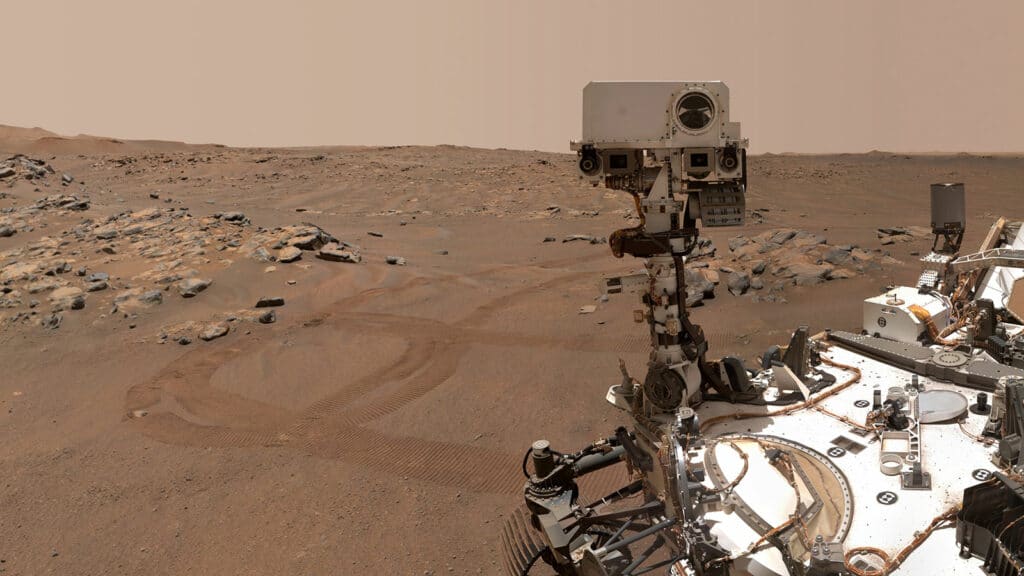
“The next phase will be the most exciting,” notes Weiss. “The rover will drive outside the crater to get the oldest known rocks on Mars, and it’s an incredible opportunity to be able to orient these rocks, and hopefully uncover a lot of these ancient processes.”
This pioneering research, supported by NASA and the Mars 2020 Participating Scientist program, represents a significant leap forward in our understanding of Mars and the broader universe, bringing us closer to answering profound questions about the possibility of life beyond Earth.
The study is published in the journal Earth and Space Science.
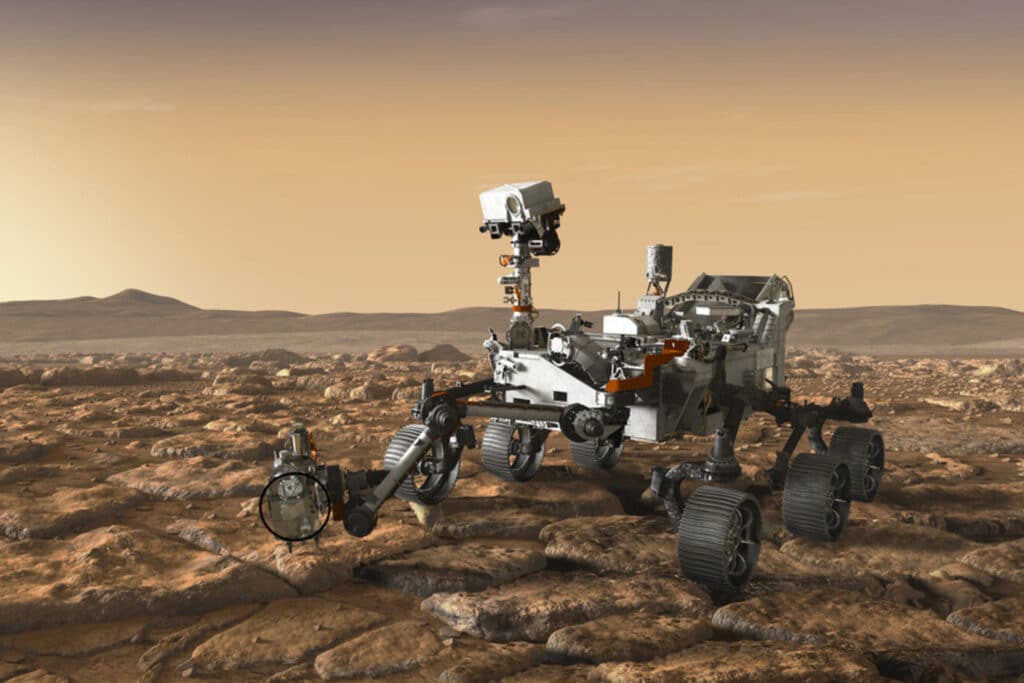


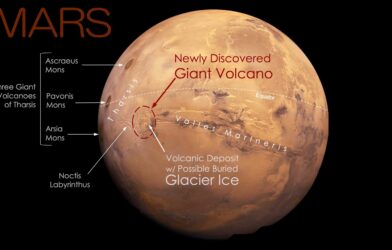
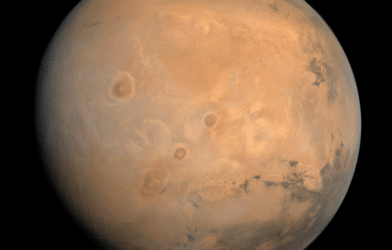
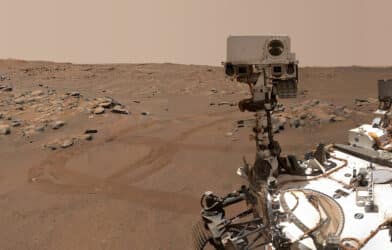






Comments